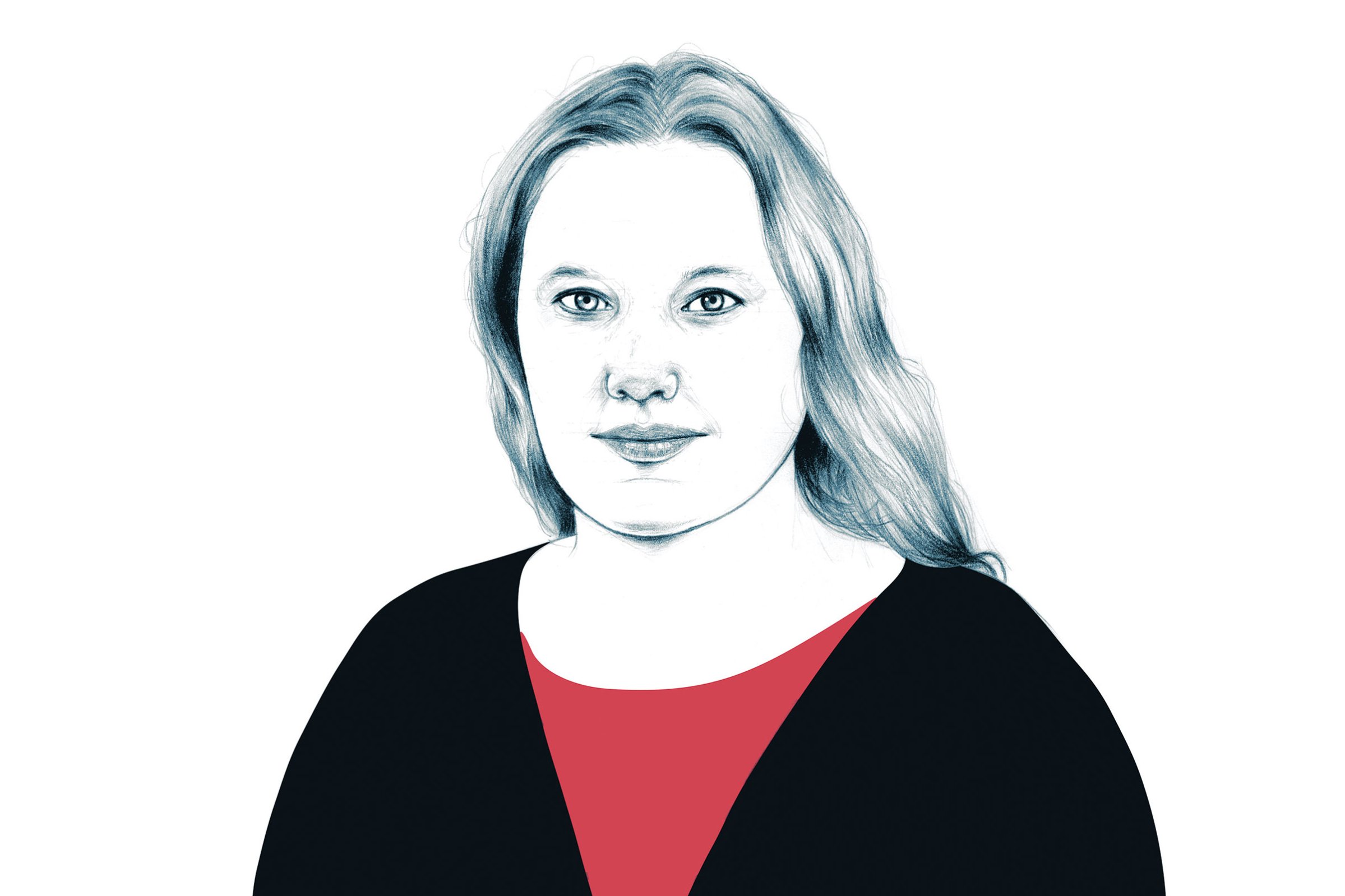
As a co-founder and product manager of the Stockholm-based fact tank Gapminder, Anna Rosling Rönnlund’s mission is to show how economics, not geography, dictates lifestyle–and how the world is less divided than we think. Using images of quotidian items like toilets and door locks, Gapminder’s “Dollar Street” interactive shows how most people have similar daily existences, whether they live in China or Chattanooga, Tenn.
Take toothbrushes. The poorest people in the world use a twig–or even just a finger and mud–to clean their teeth. But with a small rise in income, a family can afford a shared plastic toothbrush. Another rise, and each family member gets a toothbrush and toothpaste. In the top bracket, electric toothbrushes.
Rönnlund, 42, who has a background in photography, says Dollar Street began by sending photographers to representative households but hopes to one day crowdsource its material. “In the media, usually we see only the exotic: the really poor and the really rich,” she says. “To understand the world, we have to focus on the unsexy, everyday life in the middle.”
More Must-Reads From TIME
- The 100 Most Influential People of 2024
- Coco Gauff Is Playing for Herself Now
- Scenes From Pro-Palestinian Encampments Across U.S. Universities
- 6 Compliments That Land Every Time
- If You're Dating Right Now , You're Brave: Column
- The AI That Could Heal a Divided Internet
- Fallout Is a Brilliant Model for the Future of Video Game Adaptations
- Want Weekly Recs on What to Watch, Read, and More? Sign Up for Worth Your Time
Contact us at letters@time.com